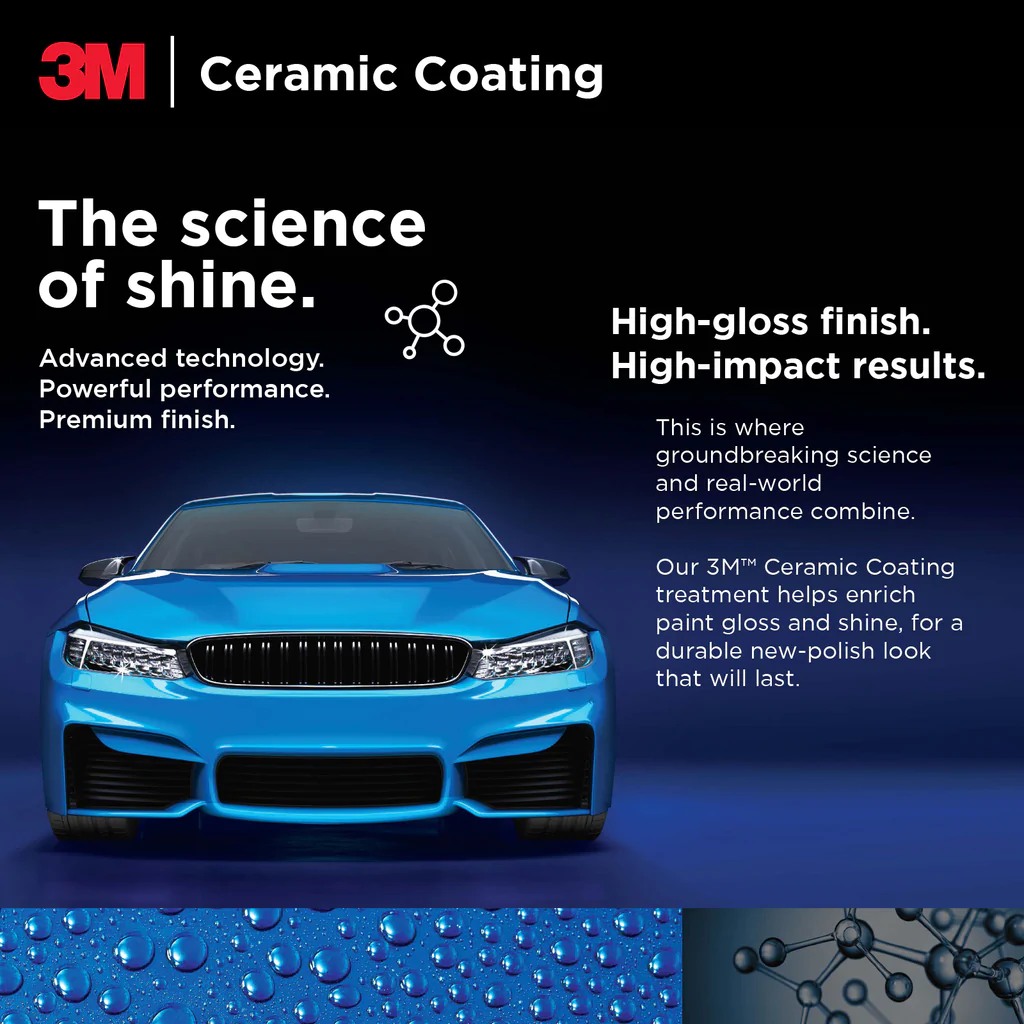Why Drivers Trust Ceramic Coating Philadelphia for Superior Lorry Treatment
Why Drivers Trust Ceramic Coating Philadelphia for Superior Lorry Treatment
Blog Article
Why Ceramic Coating Is the Ultimate Service for a Remarkable Complete
Ceramic finish has become a leading service for those looking for a flawless finish for their cars, many thanks to its remarkable sturdiness and safety features. This sophisticated fluid polymer not just bonds seamlessly with factory paint but also uses a powerful barrier against typical dangers such as scrapes, UV rays, and ecological contaminants. Its hydrophobic residential or commercial properties streamline maintenance while enhancing aesthetic allure. Nevertheless, recognizing just how this modern technology contrasts to standard methods and exploring its application nuances can disclose also a lot more concerning its value. What aspects really set ceramic finishing apart?
What Is Ceramic Finishing?

When applied properly, ceramic coating produces a hydrophobic surface area that pushes back water and dust, making it easier to clean up and keep. Unlike typical waxes or sealants, which generally offer short-term protection, ceramic coverings can last for several years, depending on the product quality and application approach. The procedure of applying ceramic finishing needs precise prep work, consisting of comprehensive cleansing and sometimes paint improvement, to ensure ideal bonding and efficiency.
Ceramic finishes are not restricted to automobile surface areas; they can likewise be utilized on various products, including glass, metal, and plastics, supplying a versatile service for improving security. Generally, ceramic layer represents a significant advancement in surface security innovation, incorporating both aesthetic and practical advantages for a large range of applications.
Benefits of Ceramic Finishing
While several surface defense alternatives exist, the advantages of ceramic finishing stand apart because of its distinct buildings and long-lasting efficiency. One of the main advantages is its outstanding sturdiness. Ceramic Coating Philadelphia. Unlike standard wax or sealers that require constant reapplication, ceramic coverings provide a resistant layer that can last for a number of years, substantially minimizing upkeep efforts
Another remarkable benefit is improved protection versus environmental pollutants. Ceramic coverings develop a hydrophobic surface area that wards off water, dust, and numerous toxins, making it easier to clean up. This attribute not just maintains the car's appearance however likewise decreases the danger of rust and oxidation, especially in harsh climate condition.
Furthermore, ceramic coverings provide superior resistance to UV rays, avoiding fading and deterioration of paint in time. This UV protection is essential for preserving the visual worth of vehicles and surface areas subjected to route sunshine.
Furthermore, the glossy surface achieved with ceramic finishing improves the general visual allure, providing surfaces a showroom-quality luster. In general, ceramic coverings represent a considerable advancement in surface area security you could try these out technology, offering enduring benefits that deal with both useful and visual needs.
Just How It Functions
Comprehending the science behind ceramic finishings discloses how they offer such exceptional defense and durability. At its core, a ceramic layer is a liquid polymer that chemically bonds with the automobile's factory paint.
The application procedure entails several actions, consisting of surface prep work, which is critical to achieving optimal attachment. As soon as applied, the coating undertakes a healing process, throughout which it solidifies and develops a semi-permanent bond with the paint surface. This bond is what distinguishes ceramic layers from conventional waxes and sealants, giving a longer-lasting safety obstacle that can endure for years.
Additionally, the thickness of the finishing can improve its protective qualities, ensuring that it can hold up against rough conditions. Inevitably, the scientific research of ceramic finishings combines advanced products with ingenious application techniques to deliver an unrivaled level of defense and aesthetic improvement for automobiles.
Comparison With Conventional Approaches
The advantages of ceramic layers end up being especially apparent when contrasted to conventional paint defense methods such as sealants and waxes. While waxes use a short-lived sparkle, normally lasting a few weeks to a couple of months, ceramic finishes provide a lasting protective layer that can sustain for numerous years. This toughness significantly minimizes the regularity of reapplication, making ceramic finishes a more affordable service in time.
Furthermore, standard approaches typically need extensive preparation and numerous applications to achieve a satisfying degree of defense. On the other hand, ceramic coatings bond at a molecular degree with the automobile's surface, producing a durable guard versus ecological impurities like UV rays, acid rainfall, and road salts. This bond enhances the car's resistance to scrapes and swirl marks, which prevail with traditional waxes and sealants.
Furthermore, the hydrophobic properties of ceramic finishings fend off water and dust, great post to read resulting in easier cleansing and upkeep. On the other hand, wax and sealant-treated surfaces can attract gunk, requiring even more regular washing - Ceramic Coating Philadelphia. Overall, ceramic coatings not only offer superior security yet additionally supply an extra helpful resources aesthetically enticing and long-lasting finish, developing them as the recommended choice for critical automobile owners
Application and Upkeep Tips

Making use of a foam applicator, apply the finish in small sections, adhering to the supplier's standards relating to density and overlap. Allow sufficient healing time between layers, commonly 24-hour, to ensure proper bonding. After application, it is essential to avoid direct exposure to water or severe elements for at least a week to allow the covering to fully cure.
For maintenance, clean the automobile routinely with pH-balanced soaps and stay clear of rough products. Touchless vehicle washes are recommended to lessen scraping. Furthermore, using a ceramic upkeep spray can boost the finish's hydrophobic homes and durability. Normal evaluations for any kind of indications of wear will certainly assist preserve the covering's integrity and preserve that excellent finish.
Final Thought
In final thought, ceramic finish emerges as a superior alternative for accomplishing a remarkable automotive surface. By developing a durable bond with factory paint, ceramic covering successfully guards versus scrapes, UV rays, and environmental pollutants.

Report this page